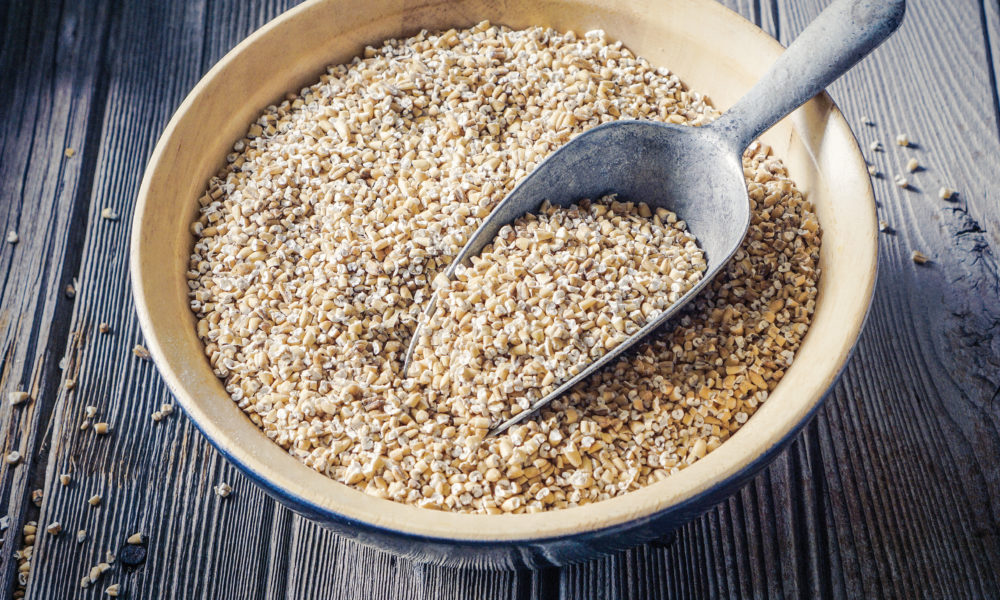

Eating for optimal performance is easier than it sounds.
By Eddie Avakoff, owner of Metroflex LBC
First and foremost, this is not the most effective method of building mass and size, nor is it the best diet for losing crazy amounts of body fat. What this is, is a diet plan for someone looking to fuel their level of performance. That is, to intake the proper nutrition in the right quantity so that you can repair what’s been torn down, rest what has been exhausted, and continue to perform at the same, if not higher, level of output. So, in short, this is a “my body’s a machine and I need to fuel it properly” diet.
I once read this quote and it really stuck with me: “Food is fuel and nothing more.” Sad but true, isn’t it, foodies?
As a performance athlete, nutrition is an essential part of the game. But nutrition changes depending on activity, degree of intensity, and even timing around an event. And it’s important to fuel yourself properly, along with the correct timing and proportions in order to achieve ideal results. For example, fat is best utilized before activity, whereas protein is best consumed after. Carbohydrates, however, remain relatively consistent throughout both eating cycles. But let’s take a deeper look at when someone should intake protein, carbs, and fat.
(Percentages shown as protein/carbs/fat unless noted otherwise)
- A) Morning Training Schedule
– Morning (breakfast): 33/33/33
– Late morning (snack): 30/70 (carbs/fat)
— AM workout —
– Post-workout (lunch): 40/60 (protein/carbs)
– Late afternoon (snack): 40/40/20
– Evening (dinner): 40/30/30
– Late evening (snack/dessert): 40/60 (protein/fat)
- B) Afternoon Training Schedule
– Morning (breakfast): 33/33/33
– Late morning (snack): 30/70 (carbs/fat)
– Afternoon (lunch): 30/40/30
– Late afternoon (snack): 10/30/60
— PM workout —
– Evening (dinner): 60/40 (protein/carbs)
– Late evening: 40/20/40
Along with determining when and how much to eat, I think it’s just as important to identify what we should be eating. For the most part, the rules are simple:
- Eat only what can be grown or killed.
- Avoid multi-ingredient foods.
- You’re never drinking enough water.
- Stay away from white carbohydrates (flour, sugar, starch).
Stick to those four rules and you’ve basically done 99 percent of what it takes to have a great physique and a healthy lifestyle. There’s obviously certain energy sources that are better than others, so let’s break down which protein, carbs, and fats are best for us:
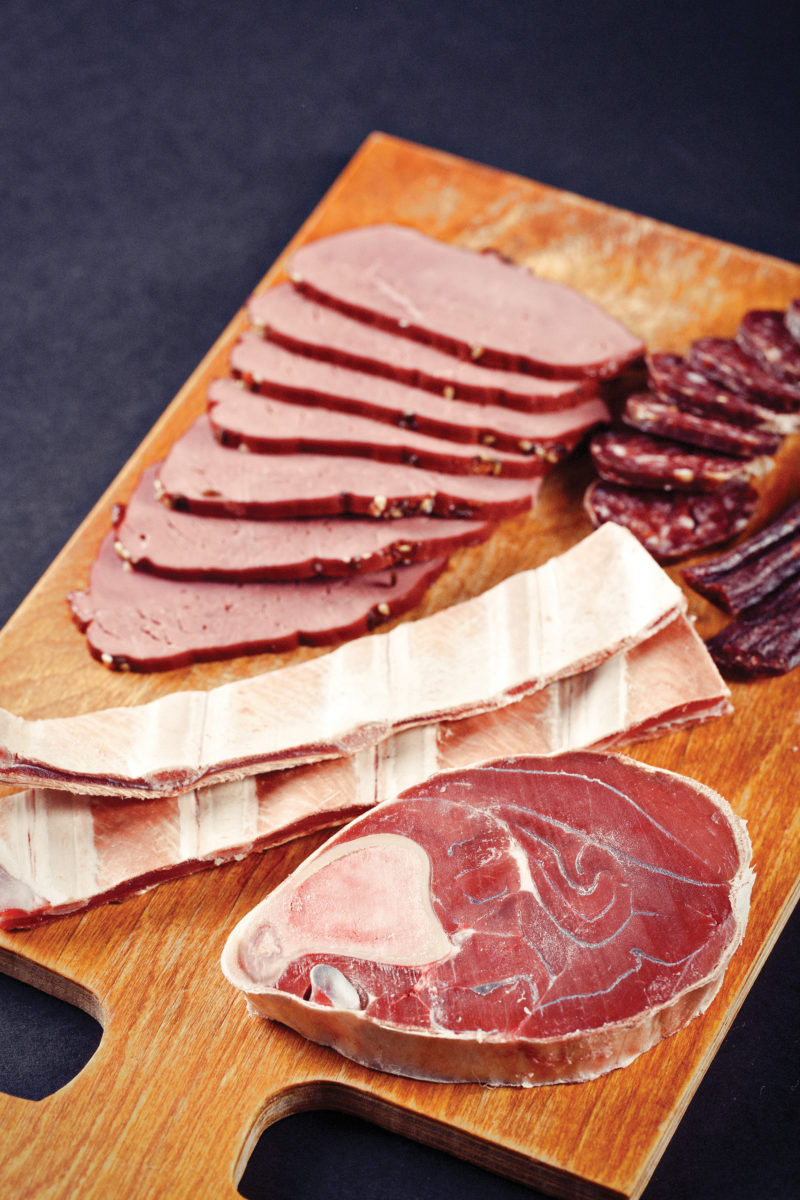
Protein
I’m a big fan of grass-fed beef, or better yet, wild game. Red meat like lamb possesses omega-3 fatty acids, which are great for recovery. Exotic meats like kangaroo and bison are cleaner red-meat choices than beef because they are more protein-rich and even absorbed better. Like red meat, chicken should be organic and free-range, too. I know a lot of these meat/poultry companies will claim “organic,” but you really have to do your research to determine which brands are authentic and which are full of shit (literally). Fish is also a legitimate protein source. White fish offers a lean protein source, while red fish like ahi tuna or salmon provide omega-rich fats, which are great for recovery. Eggs are a protein superfood, so eat lots of those. Plant protein is not completely out of the question, but difficult to sustain adequate protein consumption with plants. Nonetheless, protein-rich plant sources such as spirulina are effective options. Due to its mutating cultivation process, nutrients are basically nonexistent in soy protein sources. Plus, what kind of a man are you if you eat soy anyways?
Fats
Fats are best taken in the form of nuts, oils, and seeds. Walnut oil, for example, has omega 3s, 6s, and 9s—and more omega 3s than even salmon. It also makes for a great oil to use as salad dressing or even take shots of for quick long-lasting energy. Yes, shots of walnut oil. Don’t knock it ’til you try it. Avocados also make for a great fat source and are my personal favorite with breakfast. Sautéing vegetables with grapeseed oil (since it has a high smoke point) allows a good addition of vitamin E and polyunsaturated fats along with the nutrients from the vegetables. Olive oil has a low smoke point, so it’s best not to cook with it. However, it makes for a great addition to vegetables or salad.
Carbohydrates
Carbs are the most important element in this whole nutrition profile simply because there are so many options for carbs and so little are actually viable. There are carb-restrictive diets out there like Paleo or Atkins, but those really fail to recognize the need for carbohydrates, especially for a performance athlete. Remember, carbs are fuel. So what “clean” carbs can an athlete take to fuel performance?
Steel-cut oatmeal, and not that cheap instant stuff, is a great sustaining carb. Mix it with a banana and some walnuts and that’s a solid go-to for breakfast. Rice is also a relatively clean protein source and certainly one of my favorites. Brown rice is generally the way to go, due to it having a lower glycemic index than white rice. However, immediately post-workout, or at times when your cells are empty, the high glycemic index of white rice is ideal. Finally, sweet potatoes are a great long-lasting carbohydrate with a decent vitamin profile, including beta-carotene.
Vegetables are obviously a carbohydrate, but hardly a significant source of carbs. I personally think of vegetables as essential vitamins I need to eat. And my rule of thumb is to eat at least two colors of vegetables with each meal.
Water
I think water deserves to be touched upon just as much as protein. Because after all, hydration is energy. In fact, it’s said that dehydration by one percent can affect performance by up to 10 percent. That’s a significant detriment. Next to having a protein-rich diet, water consumption should be of the utmost concern. Water not only hydrates, it also lubricates joints and even aids with fat burning. Outdoor activities (or just training in a hot-ass gym without air conditioning like Metroflex) requires adequate cooling—and constant hydration replenishment. Note that one cannot just drink electrolyte drinks, nor can they exclusively drink water. Electrolytes shrink cells, while water expands them, so a consistent balance of both is ideal, especially when training or competing. Lastly, each day, try to consume at least half your bodyweight in ounces, plus 10 to 20 additional ounces due to exercise and activity level. This amount of water will ensure adequate hydration.
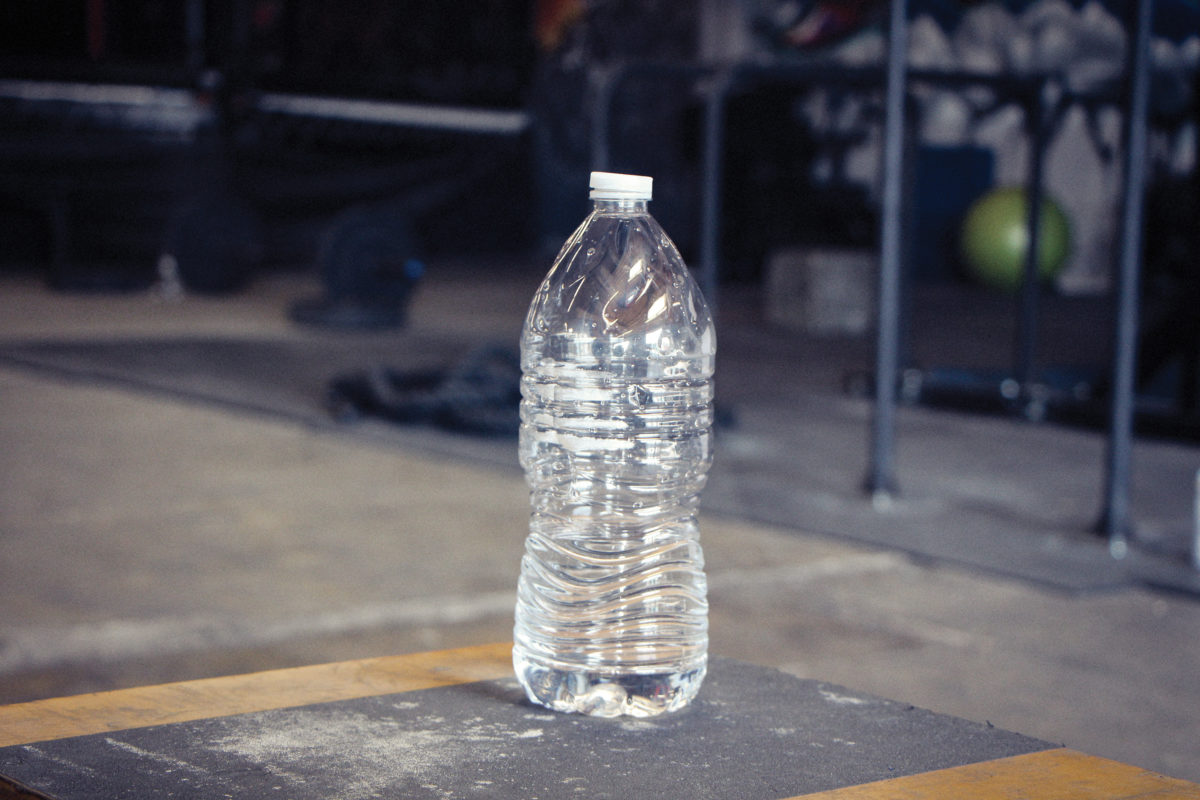
Calories
It’s easy to recommend what to eat, when to eat, and in what proportions to eat what nutrients. But it’s very difficult to generalize how much to eat. This is really on an individual basis, because everyone is different in size, muscle composition, and even level of metabolic expenditure. I generally recommend my clients eat until they are full (not stuffed), and as long as it’s clean healthy food, it’s hard to overeat to the point of packing on unwanted fat, especially given the nature of exercise and activity level. I personally am a 170 to 180 pound athlete who eats somewhere between 4,000 to 6,000 calories per day. I don’t count calories, but rather let my body’s natural equilibrium determine when I’m full or hungry. Unless I’m trying to pack on weight, my body naturally balances itself out and maintains an ideal weight for my performance.
Continue to fuel your body with the right nutrients, get the essential rest needed for recovery, and train your ass off. The rest balances out and takes care of itself. In short: Eat, sleep, train, repeat! IM






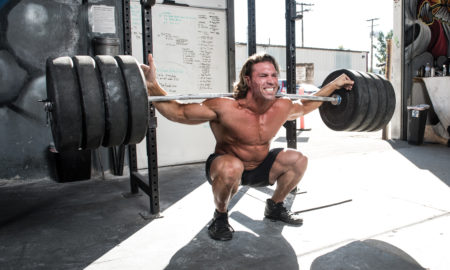
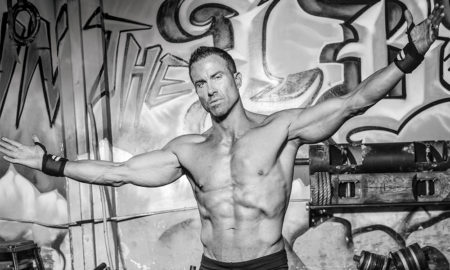












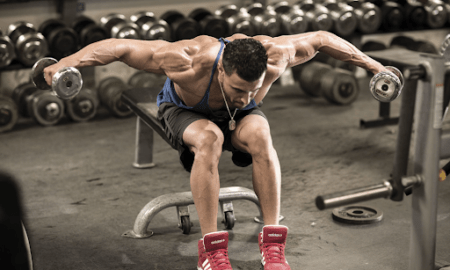
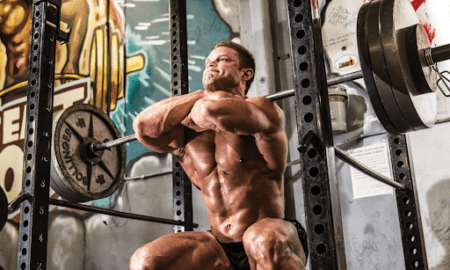
You must be logged in to post a comment Login